Advanced Nuclear Power & Recycling Technologies.
For many years, the brightest minds on the planet have been researching ways to develop more sustainable energy solutions. Nuclear power is well known for being a dependable source of clean energy.
Many countries around the world have reaped the benefits of nuclear-powered electricity generation, which allows them to keep the lights on 24 hours a day, 365 days a year.
Countries with successful nuclear programmes have done so for several decades by using uranium mined from the ground to fuel their reactors.
However, the thing that has been probably turning a lot of people away from Nuclear Power is the previous issues we had with spent fuel (Nuclear Waste).
The world has certainly changed a lot since the 1951 when the first nuclear reactor produced electricity.
Today, I believe you will be very pleased to read about all of the changes and amazing developments that have occurred with Nuclear Power technologies, as well as what is now happening with spent fuel.
These changes and technology advancements are not only interesting, but also exciting, and they are all ready and available today.
In today’s article, we will cover:
1. Where do we get Uranium From?
2. How does a traditional nuclear reactor work?
3. What happens to the water used in Traditional Nuclear Reactors?
4. What is Traditional Nuclear Waste?
5. What have we been doing with Traditional Nuclear Waste?
6. Is it true that Nuclear Waste can now be recycled?
7. How is Nuclear Waste Recycled?
8. Is there waste from the Pyrochemical recycling process?
9. Advanced Fast Neutron Reactors can run on Recycled Nuclear Waste.
10. Small Modular Fast Neutron Reactors.
11. Nuclear Power is now a highly sustainable option.
12. It really is time to talk Nuclear.
Where do we get Uranium from?

Uranium is a heavy metal and is found in the earth’s crust in rocks containing tin, tungsten, and molybdenum. These rocks will have very low uranium concentrations, typically 2 to 4 parts per million.
The mined ore is transported to a processing plant, where it is crushed and milled before going through a chemical process to remove the uranium. Due to its yellowish colour, when a concentrated uranium product is produced, we end up with a material we like to call yellowcake. A heap leach process can also be used to recover uranium from ore.
Uranium can be found in seawater, but only in trace amounts, as little as 3 parts per billion. Although extracting uranium from seawater is difficult and expensive, scientists continue to try.
Uranium in seawater can chemically combine with oxygen to produce positively charged uranyl ions. Scientists can extract these uranyl ions by immersing plastic fibres in seawater containing a compound called amidoxime.
Uranyl ions will adhere to the amidoxime, and the fibres will become saturated with uranium oxycation in the oxidation state (uranyl ions). To extract the uranyl, the plastic fibres are chemically treated, and additional refining processes are used to produce material that can be used in reactors.
With over 40 Trillion tonnes of uranium still in the ground, there is plenty to go around. Our world currently consumes 50,000 tonnes of Uranium a year, so at current consumption rates, there is 800 million years of electricity generation available to humans on this plant, should they decide to give Nuclear Power the green light.
How does a Traditional Nuclear Reactor Work?
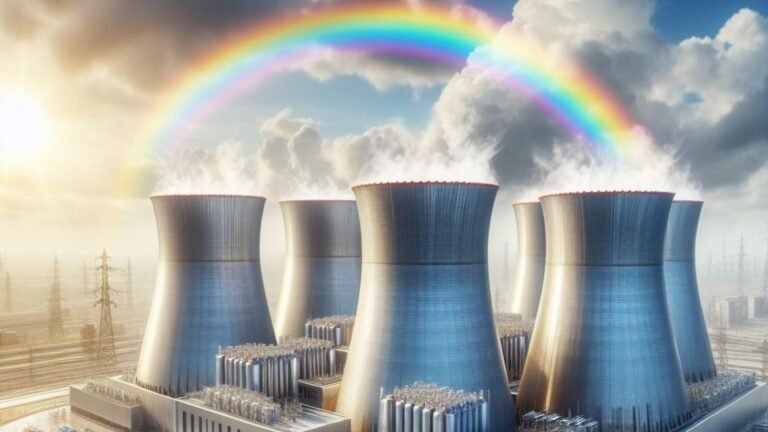
When nuclear fuel is irradiated (begins to decay), it becomes unstable and splits into smaller atoms via a highly exothermic process known as fission.
Nuclear fuel roads are typically made of ceramic uranium oxide pellets. Uranium oxide is used instead of natural uranium because it is more stable (a steadier decay rate).
Fission produces neutrons, which collide with other uranium nuclei, causing a chain reaction.
This all takes place inside a reactor vessel. The fuel rods are immersed into water which cools and moderates the process. The chain reaction needs to be sustained for long periods and the water is used to help slow down the fission process. The reaction is also moderated using control rods, they insert them to slow the rate down or extract them to increase it.
The goal of the nuclear reactor is to provide heat and lots of it. The heat generated by the reactor core is used to boil water into steam.
Steam is forced through turbine blades under high pressure. As the blades spin, they drive generators that produce electricity.
What happens to the water used in Traditional Nuclear Reactors?
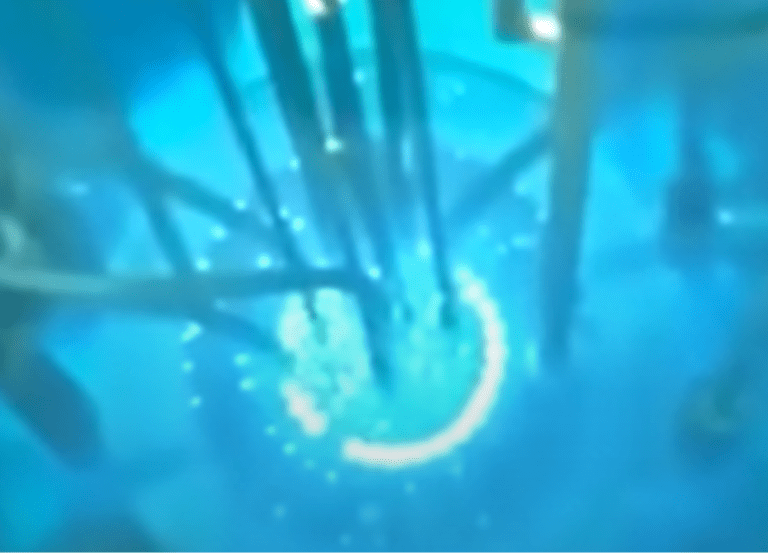
The water used in this process does become contaminated with unstable atoms with excessive energy known as radionuclides which are filtered out.
The water may be irradiated with Iodine-131 which has a half life of 8 days. Iodine-131 is sometimes used with cancer treatments.
It may also have Cesium-137 (Cs-137) which has a half life of 30 years. Cs-137 is also used in medical radiation therapy devices for treating cancer. It’s also used by processing plant flow instruments, positive material identification devices and thickness measuring devices.
Radionuclides are used to make smoke detectors, cookware and even photocopiers.
What is Traditional Nuclear Waste?
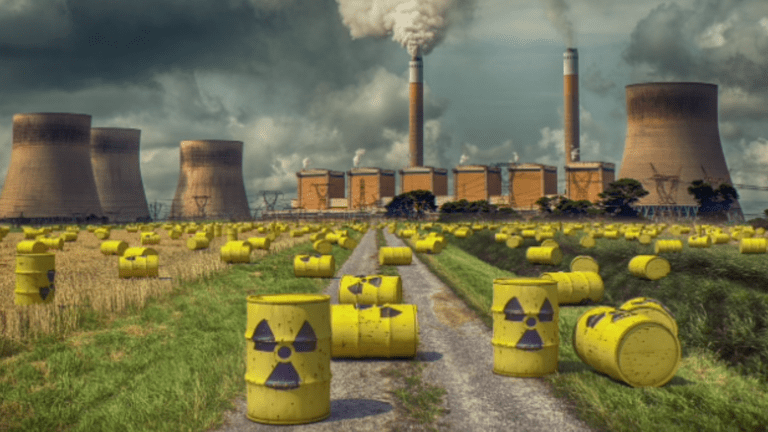
Nuclear waste is fuel that has become inefficient and no longer useful in a reactor. Over time, fission products and transuranic elements absorb the neutrons required for the reaction, making the fuel less and less efficient.
Nuclear Power Plant operators will determine when a specific fuel has reached the end of its useful life and will replace it with a fresh supply to keep the power plant running.
When the old fuel is removed from the reactor, it is very hot and radioactive, so it is immersed in water for at least five years to cool it down and reduce the level of radioactivity.
What have we been doing with Traditional Nuclear Waste up till now?

Once the spent fuel had cooled sufficiently and had dissipated some radioactivity, it was buried deep underground in extremely costly storage facilities. In some cases, nuclear waste would have to be buried for thousands of years in this manner. An open fuel cycle is the process of using the fuel once and then disposing of it as waste.
The absurdity of the open fuel cycle is that what we have been calling waste is still over 90% good. Even after several years in a reactor, 97% of what was once considered a burden can now be recycled and re-used in certain types of nuclear reactors.
Is it true that Nuclear Waste can now be recycled?
Yes it is, we now have the technology to separate the useful materials from the ineffective fission products of the fuel. We can now recycle spent fuel to make new fuel that can be used in specific types of nuclear reactors.
The new truth about nuclear waste is that we’ve buried over 400,000 tonnes of material that can now be thought of as a sustainable energy source as a result of this technology.
How is Nuclear Waste Recycled?
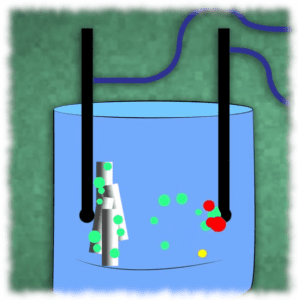
Pyrochemical processing also known as Pyro-processing makes use of the properties of liquid salt to allow the removal of the fission products and transuranic elements from the spent fuel.
Very high temperatures are used in the process and it is based on electroplating. A mixture of lithium and potassium chloride salt is heated to about 500 Degrees Celsius where the salt becomes liquid and behaves as a solvent.
Spent fuel is placed in a basket and immersed into the liquid salt solvent where it acts as the anode. An electric current is then applied to form an electrochemical cell with the useful materials drawn to the cathode and this forms deposits of all the good stuff we need.
When a batch is finished, the operators remove the electrode. They scrape off the materials that have accumulated; these deposits are then melted down and cast into ingots.
The solvent solution is then cleaned by technicians, and the collected fission materials are then ready for disposal.
Is there waste from the Pyrochemical recycling process?
Yes, but the extracted fission products are encapsulated in borosilicate or aluminophosphate glass for safe storage.
Advanced Fast Neutron Reactors can run on Recycled Nuclear Waste.
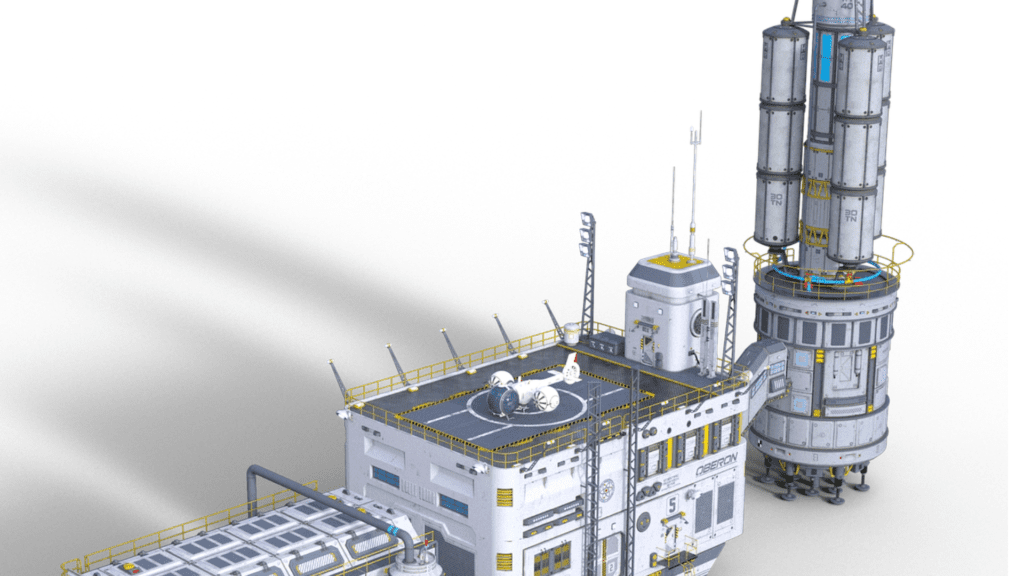
Fast Neutron Reactors, also known as Breeder reactors are absolutely amazing and can breed more fuel than they consume .can be fuelled by recycled nuclear waste.
These reactors are liquid metal cooled and the radioactive cores of these reactors can function at pressures that are almost ambient. There is little chance of a serious loss-of-coolant event ever occurring.
Fast reactors do not use a moderator; they are fast neutron spectrum reactors. Amazingly, Fast reactors can convert uranium-238 into plutonium-239. The plutonium produced is fissionable and this is why we say that these types of reactors can “breed” their own fuel.
Fast reactors make better use of uranium, it uses fuel much more efficiently and this is why recycled nuclear waste from traditional reactors can be used in these amazing fast reactors.
Small Modular Fast Neutron Reactors.
Liquid metal cooled Fast neutron reactors can be used in Small Modular Reactors (SMR), and although Small Modular Reactors might not produce as much electricity as traditional reactors, an output of 300MW is still extremely useful.
If all of this hasn’t got you excited about SMR’s, they can be used to retrofit existing coal fired power plants.
Nuclear Power is now a highly sustainable solution.

Nuclear power is now less reliant on uranium mining from the earth’s crust because pyrochemical processing allows used fuel to be recycled.
A closed fuel cycle is now possible as the pyrochemical processing of spent fuel allows the re-use of recycled fuel in fast neutron nuclear reactors.
Nuclear power now provides the world with a more eco-friendly, clean, green, efficient, and cost-effective source of energy that outperforms anything else this world has to offer.
It’s time to talk Nuclear!
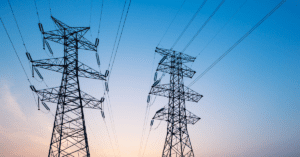
It definitely time to talk Nuclear in Australia. Let’s get going with it and put an end to the energy crisis.
What do we do if nobody will listen to us about Nuclear Power?
If we can’t get anyone with common sense to listen to us about the need to commission the latest advanced nuclear powered energy producing solutions, then we need to do whatever we can to reduce the reliance on a grid that will soon only work when the wind is blowing or if the sun is high in the sky with no clouds in sight.
One thing for sure is that actors won’t have to worry about getting up early in the morning to make the blockbuster feature films that we all love so much if there is no electricity to power the movie sets.
In a similar fashion to how we all recklessly went out and purchase ridiculous amounts of toilet paper during Covid-19, maybe now we should do the same with candles? Let’s face it, even if we do end up getting electricity for 3 hours per day, none of us will be able to afford it. This of course is thanks to unchecked profiteering in the electricity sector whilst our governments sit around and do nothing because it’s all just too very hard.
Get ready for a less than ideal next 10 years of electricity free existence everybody.
There are things we can do such as coming up with at least 20 new ways to reduce electricity usage in your home. You may even re-consider how your home is supplied electricity by taking your home off-the-grid and securing your future this way.
Or you might just start the environmental ball rolling by making two simple changes in your life that can contribute to lowering emissions while also protecting yourself from rising energy costs and the constant power outages we may soon experience.



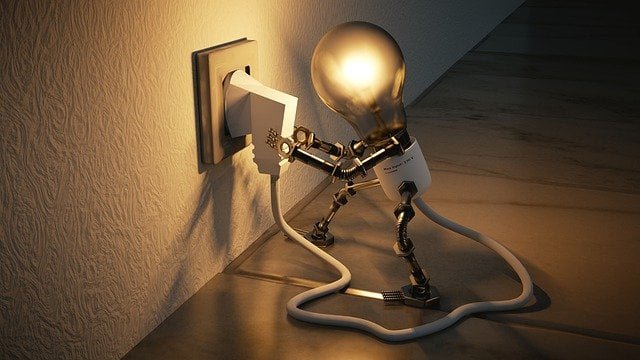







[…] researchers are bracing for the worst and investigating whether the contentious New Clear treatment for similar Polly Ticks based ailments may be the best way forward. These researchers have also […]
[…] Advanced Nuclear Power Technologies – Heal This Rock. Nuclear power 1. Youtube. Net Zero Agency Division 6 – Heal This Rock. Nza6 headquarters. Cheap and Clean Power from Poop – Heal This Rock. Poo to Power Plants solution 2023. Energy Avoidance Syndrome Virus – Heal This Rock. Wall around australia. Underwater Shark Watching Tours – Heal This Rock. HTR Class sub 1. Suspected case of Sawtov Brain Flu – Heal This Rock. Sawtov brain flu patient. Cut and recycle green tape in Australia – Heal This Rock. Cut up and recycle green tape today. Stop complaining about city lIfe and leave. – Heal This Rock. […]
[…] suppress any technologies that could generate electricity in a clean and green way, such as any new advanced nuclear power technology, methods of turning sewage into power and especially any tech that might create bio diesel, or […]
[…] do not call yourself Green if you cannot at least entertain the idea that Nuclear Power has its place in the worlds low to zero emissions […]
[…] new advancements in ProNuclear Berry Tree growing technology, there is no longer a need to build expensive underground facilities to store […]
[…] These recycling facilities will need to operate 24 hours per day; 7 days per week and as such, power requirements for the complete recycling of wind turbines will be sourced from Advanced Nuclear Power Technologies. […]
[…] when they reach the end of their operational lifespan or are deemed no longer required when Advanced Nuclear Technology Power Plants are […]